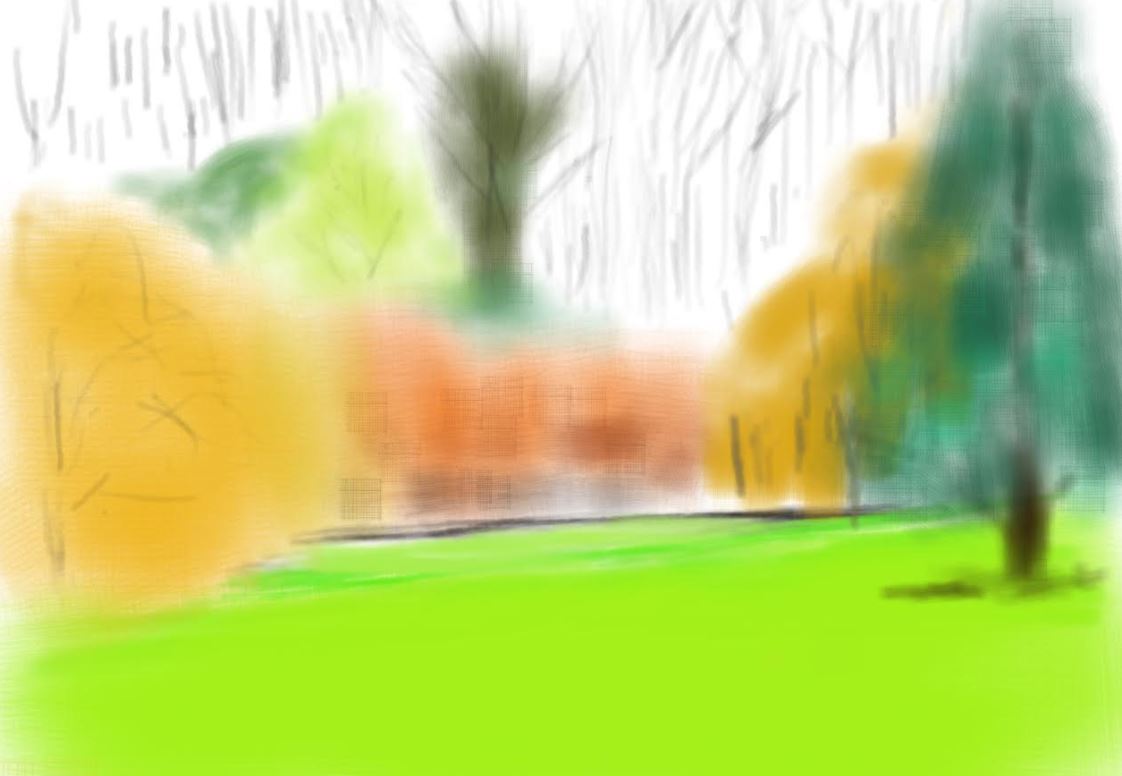|
Since the start of February we have been visited by small flocks of 8 Canada Geese which over-winter on the ponds a few miles away. They are I think, sussing us out as a possible place for rearing this year's chicks. Eventually, one pair will take up residence and the cycle will begin again. I have always wanted to catch them landing and taking off and today I caught them taking off. What a wonderful sight. I like to think it is the same family that was with us last year - mum, dad and six chicks.
0 Comments
Its nearly 10 years since my close friend Mike died and although his memory is always popping into my head in February I spend a little more time thinking of him and his wife. I wanted to mark the occassion so I went for another walk in the woods and happened on the moss. Its the best time of the year to appreciate the moss as there is very little of the tangled ground cover that smothers everything in the summer. Because of all the rain we have the woods are particular wet this year and the logs that line the path are covered in moss. Moss is such a modest plant that it gets overlooked when walking amongst such big trees. But the vividness of the green draws your eye and when you stop and look and get down on your needs your realise how exquisite its dense mats are. I know next to nothing about mosses so I googled and found a blog by Kate Lewthwaite who spent more than 6 months studying the mossesas part of her PhD. She told me that mosses produce spores. They have stems and leaves but not true roots. They are reliant on damp conditions for reproduction because the male cells need to move via a film of water to reach the female cells for fertilisation. Sometimes this is within one plant but can also require them to reach another plant, depending on the species. Mosses are important ecologically as one of the first colonisers of bare ground or fallen trees. They absorb huge quantities of water, helping to soak up rainfall and create a locally humid environment. They also act as an important home for other creatures. These are mainly invertebrates and include species like woodlice and slugs. In my garden, moss is constantly ‘on the move’ as the blackbirds tug it up looking for a tasty meal underneath. Moss is also home to a host of microscopic invertebrates such as rotifers, tardigrades and nematodes. There are around 1,000 bryophyte species (the term that includes both mosses and liverworts) in the UK. Many require microscopes to distinguish between closely-related species. I spent a while photgraphing them in the woods and decided that it was mostly the common tamarisk moss (Thuidium tamariscinum). But I wasn't prepared to lie on the muddy ground and study them properly. The day after I took a small digital microscope with me and a plastic sheet to lie on and took someclose up photos. I dedicate this film to the memory of my friemd and his wife. A few days ago I shared my garden notebook with a friend from school and he seemed to really appreciate it. Although I make these notes and movies for myself I love it when others share their appreciation. It's a mild but windy day with the sky turning from bright blue with scuddling clouds to dark grey with threats of rain. My attention was drawn to the tall ash trees in the woods that were swaying in the wind so I took my camera for a walk in thw woods.  I always associate daisy's with summer and I did not realise until this moring that they are with us so earlier in the year. Perhaps they are with us through the winter and I just haven't noticed. |
PATHWAYS DIARY
In March 2023 I began an experiential inquiry called Pathways to a Sustainable Future and many of my posts between March-September were written for this project. Diary Starts Here Garden Notes
|

 RSS Feed
RSS Feed